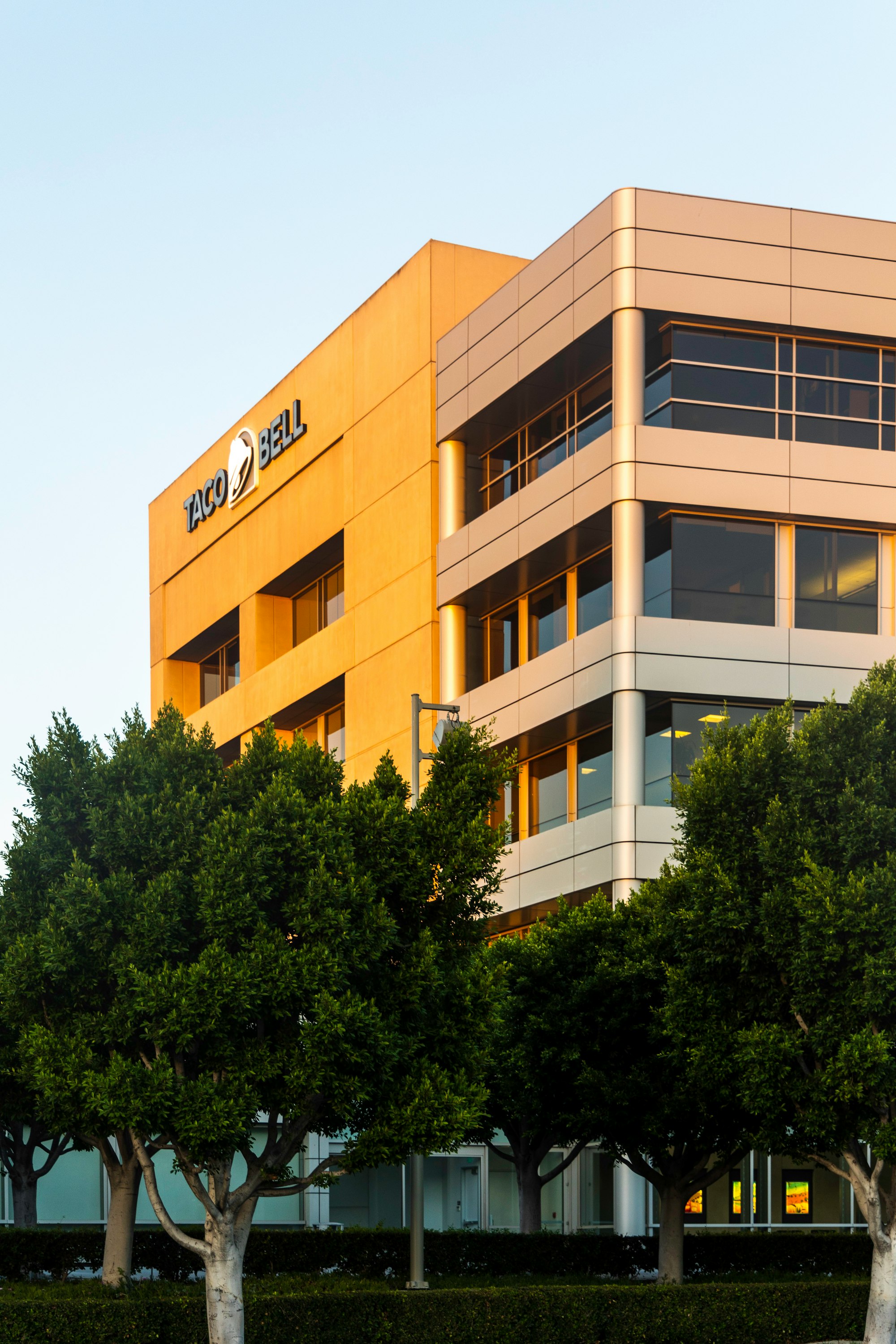Companies Hiked Prices Faster Than Their Own Costs
Last year's inflation surge was largely driven by exceptional corporate profits, but a notable shift is now occurring as consumers resist, leading to a rapid easing of this pressure. Indications across various industries and regions suggest that the upward trend in prices, which enabled certain businesses to generate significant profits during the Covid-19 pandemic, is waning.
- Manufacturers of packaged goods were among those swiftly raising prices last year, but consumer behavior is changing as they seek more affordable alternatives. Recent reports from British retailers reveal a drop in non-food item prices in November, signaling a potential shift in consumer sentiment.
- Automakers, initially able to increase profits by raising prices due to pandemic-related supply chain challenges, are now facing a different scenario.
- Natalie Knight, CFO of automaker Stellantis, acknowledged a toughening environment, emphasizing that future growth will be driven by volumes rather than pricing.
- A recent report from the Organization for Economic Cooperation and Development (OECD) highlighted that corporate profits contributed to inflation in advanced economies in 2022, but this contribution peaked in the latter part of the year and has since declined.
European Central Bank President Christine Lagarde acknowledged this change, noting that while rising wages continue to exert upward pressure on inflation, the contribution of profits is diminishing.
Good News For Central Banks
The prospect of consumers becoming less tolerant of funding higher profit margins is a positive development for central bankers. With wages expected to rise more rapidly and consumers seeking to recover lost spending power, lower profit margins could help sustain the recent slowdown in inflation.
- Isabella Weber, an economics professor at the University of Massachusetts Amherst, anticipated the shift from profits to wages as the primary driver of price increases. She described the current stage as the "wage catch-up stage."
- While the European Union's statistics agency reports a slowdown in consumer price increases, particularly in energy prices, the softening of profit margins seems concentrated in the manufacturing sector.
- Services prices, driven by consumer preferences for activities previously restricted by the pandemic, remain relatively stable.
The OECD anticipates inflation rates to stay above 2% in both the U.S. and the eurozone throughout 2024, with key interest rates expected to decline no earlier than late next year.
Price Gouging
The role of profits in fueling inflation remains a point of contention among economists. Governments in France and Britain, as well as President Biden, have pressured businesses to control prices, addressing what they term "price gouging."
- Despite some disagreement, there is consensus that the shift from profits to wages as the main driver of inflation is a distinctive feature of the recent inflationary episode.
- Central banks, particularly the ECB, have faced challenges in responding to supply shocks, emphasizing the need for a broader approach to managing inflation risks.
As Europe enters its fourth year of above-target inflation, economists stress the importance of being prepared to limit surges in energy prices, a critical factor that triggered the initial rise in "sellers inflation" during 2021.
Disclaimer
Please note that Benchmark does not produce investment advice in any form. Our articles are not research reports and are not intended to serve as the basis for any investment decision. All investments involve risk and the past performance of a security or financial product does not guarantee future returns. Investors have to conduct their own research before conducting any transaction. There is always the risk of losing parts or all of your money when you invest in securities or other financial products.
Credits
Photo by Sven Piper / Unsplash.






